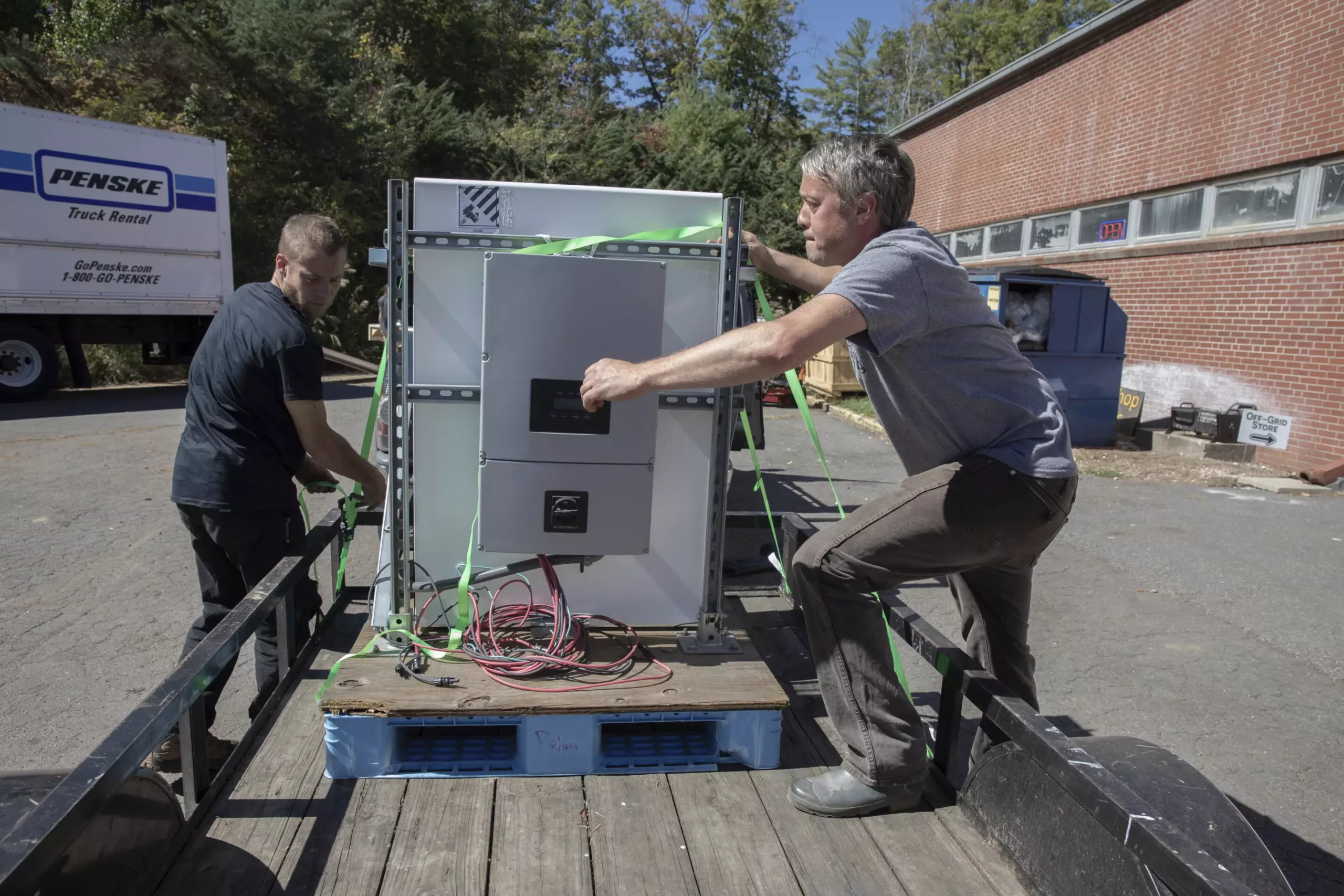Nearly two weeks after the devastating impact of Hurricane Helene, the residents of North Carolina’s mountain regions remain gripped by hardship and uncertainty. Bobby Renfro, a dedicated community member, has transformed a former church into a resource hub for his neighbors in Tipton Hill, a small locality nestled within the expansive Pisgah National Forest. The persistent whir of his gas-powered generator serves as a disheartening reminder of their plight—while it provides necessary electricity for vital medical supplies, it simultaneously signifies the high costs of survival in a post-disaster environment.
Renfro’s situation highlights the serious implications of living in a rural area struck by natural disaster. The generator, a $1,200 investment he made out of sheer necessity, has become a constant responsibility as he grapples with the spiraling costs associated with fuel, which is scarce and costly. “We have no resources for nothing,” Renfro expressed, underscoring the severity of their circumstances. With over 43,000 residents still without power, the struggle to maintain basic life-supporting resources becomes increasingly dire. It’s not merely about comfort; for those reliant on medical equipment or refrigeration for insulin, power is a matter of life and death.
As restoration efforts unfold, the challenges faced by utility workers become glaringly apparent. Crews, including those from as far as Canada, are tackling tasks that go far beyond routine repairs—entire infrastructures have crumbled, leaving workers and residents in a race against time in treacherous conditions. Kristie Aldridge from North Carolina Electric Cooperatives noted that the crews are not just fixing; they are rebuilding from the ground up, navigating through dense terrains where access is limited and sometimes entirely obstructed.
To complicate matters further, many residents are finding it increasingly difficult to procure much-needed fuel for their generators, which is now being regarded with wariness due to the dangers of fumes and prolonged usage. The small generators are not built for the long haul, leaving many to feel trapped in their own homes, unable to restore normalcy in their lives or even apply for federal disaster aid without reliable power.
Amid the chaos and misfortune, however, a glimmer of hope appears as organizations like the Footprint Project step in to offer assistance. Recently, Renfro received a solar generator, a cleaner and quieter alternative that shifts the dynamics of power supply for the community. This initiative reflects a broader push for sustainable solutions, which is vital in rebuilding efforts post-disaster. By employing mobile infrastructure capable of harnessing solar energy, the Footprint Project aims to address immediate needs while laying the groundwork for future resilience.
Led by Will Heegaard and Jamie Swezey, the nonprofit has been rapidly expanding its operations to respond effectively to the disaster. Their mission emphasizes not only the immediate provision of power through solar generators but also a long-term commitment to reducing reliance on fossil fuels during emergencies. Heegaard noted that while the scale of destruction is catastrophic, efforts are centered around supplementing existing power supplies rather than simply replacing them.
The outpouring of community support in the face of adversity is profound. The cooperation between local volunteers, organizations like Footprint Project, and individuals in need showcases the resilience and solidarity within these mountain communities. As they navigate treacherous roads and cut through fallen debris, volunteers are ensuring that vital resources make their way to those isolated by the storm.
The story of Julie Wiggins from Bakersville exemplifies this collaborative effort. With her driveway transformed into a makeshift community hub supporting around 30 families, she experienced first-hand the importance of connections and direct aid. The presence of solar power has significantly changed her operations, granting her the ability to not just provide for herself but for those around her.
As the ongoing restoration efforts continue and more support trickles in, experts like Swezey are keenly aware that many individuals will require help long after the initial restoration. The contrast between the immediate need for power and the long-term rebuilding of community infrastructure highlights the complexity of disaster recovery.
The Road Ahead: Preparedness and Resilience
Moving forward, it is crucial for communities to learn from the challenges faced during Hurricane Helene. The integration of sustainable energy solutions, combined with robust disaster preparedness planning, can fortify these regions against future crises. It’s a collective journey toward not just recovery, but genuine transformation, ensuring that no one is left behind when disaster strikes.
Through united efforts, understanding, and innovation, communities like Tipton Hill can begin to light the way forward, emerging stronger and more resilient in the face of adversity.

